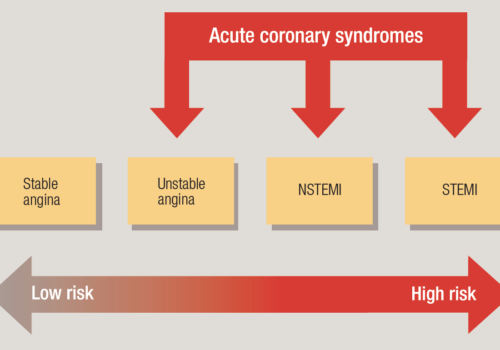Stable angina is very common. Just under two million people in the UK – over one million men and 840,000 women – have, or have had, angina. In this article we review how new-onset stable angina is assessed, including an update on new investigations, and the latest treatment options including drugs and interventions, based on the most up-to-date guidelines and current practice.























